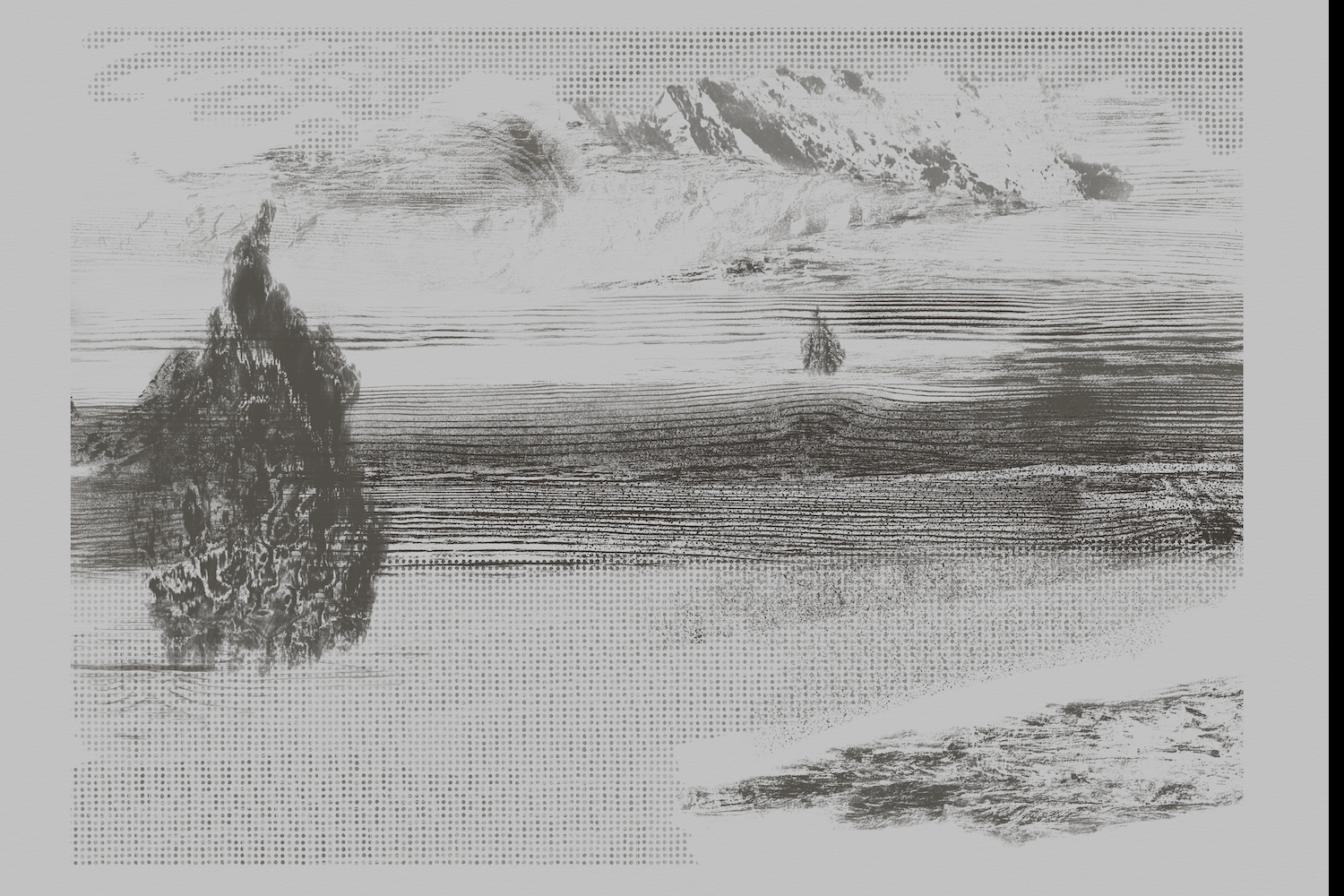One hundred years ago, the world was facing a new reality. It was two years after the First World War and Dadaism boldly provoked the art scene with its absurd play, criticism of social conventions and denial of traditional art forms. Coincidence, play, absurdity were the main weapons with which the artists wanted to inflict a blow on a society torn by its own contradictions. On the one hand, the tumultuous socio-political development, on the other hand, the peaceful life and stale air of traditional galleries and cultural institutions.
At that time, Max Ernst appeared on the art scene as a self-taught artist from Germany, who, like many other young artists, enlisted in the First World War. This deeply traumatizing environment made him feel that modern times were losing ground and were full of absurdity. The feeling emerged from the subconscious, which supplied him with several difficult-to-define images. His interest in subconscious processes corresponded to Freud's research of conscious and unconscious mind, as the source of many of our actions.
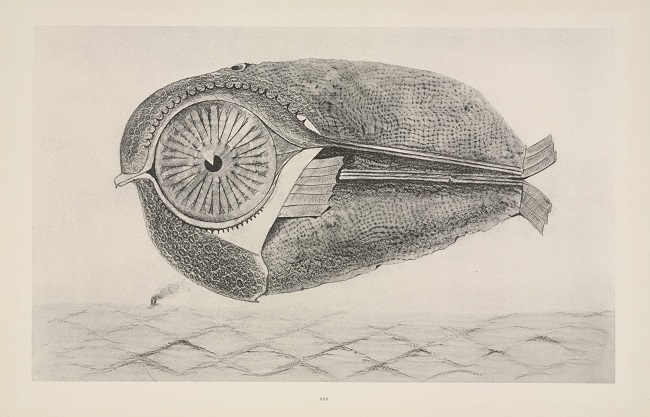 Max Ernst - The Fugitive
Max Ernst - The Fugitive
After 1924, Dadaism gradually grew into the surrealist movement with its automatically created drawing without conscious correction. The drawings are full of shapes flowing from the subconsciousness and gradually revealing hints of specific shapes, erotic motifs, and natural forces. Max Ernst, as an artistically untrained but talented and sensitive young man, becomes a pioneer of various forms of Dadaism and Surrealism.
One day in 1925, his subconsciousness forced him to put the paper on the floor of his room and capture by friction the structure of beautiful, washed-out wood. The discovery of frottage has become a technique with great potential. Max is no longer limited by the lack of drawing training. The sources for expressing his subconscious are everywhere around him. Anything that has even a slightly bumpy surface can be transferred to the paper by rubbing with a pencil and thus directly touching the subconscious through the material. By capturing and composing various plant and industrial surfaces, compositions of non-existent animals, countries, or even whole worlds can be created.
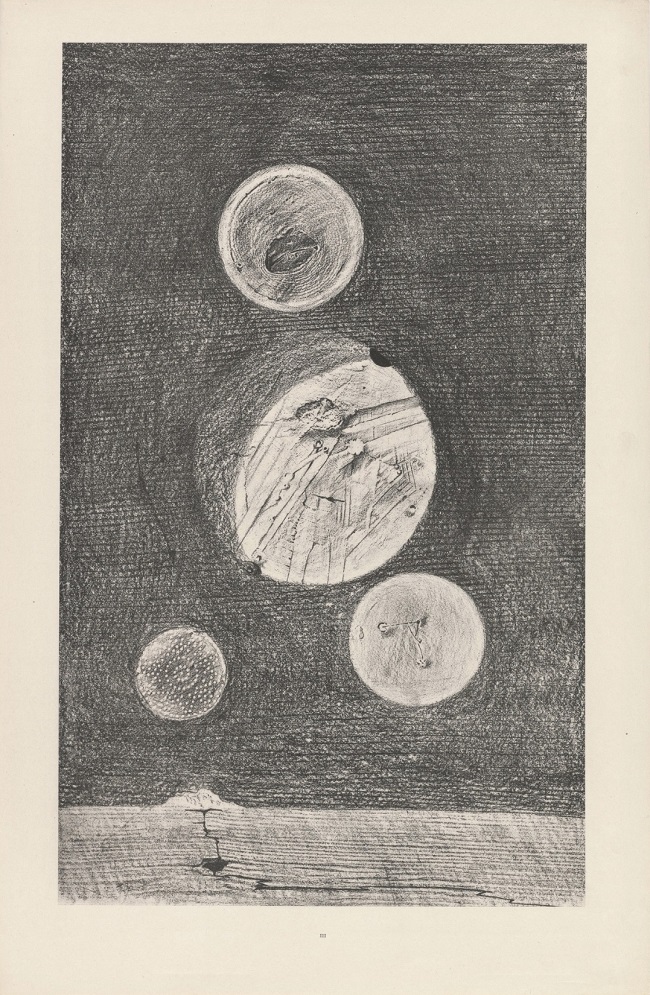 Max Ernst - Little Tables around the Earth
Max Ernst - Little Tables around the Earth
But Max doesn't want to make this world clear. He again immersed in the metaphorical language in the artwork titles to bring other hints, other layers of meaning into the work. He connects his techniques with the world of literature, where he uses old textbooks and engravings as a source of surreal collages that arch back to our subconscious.
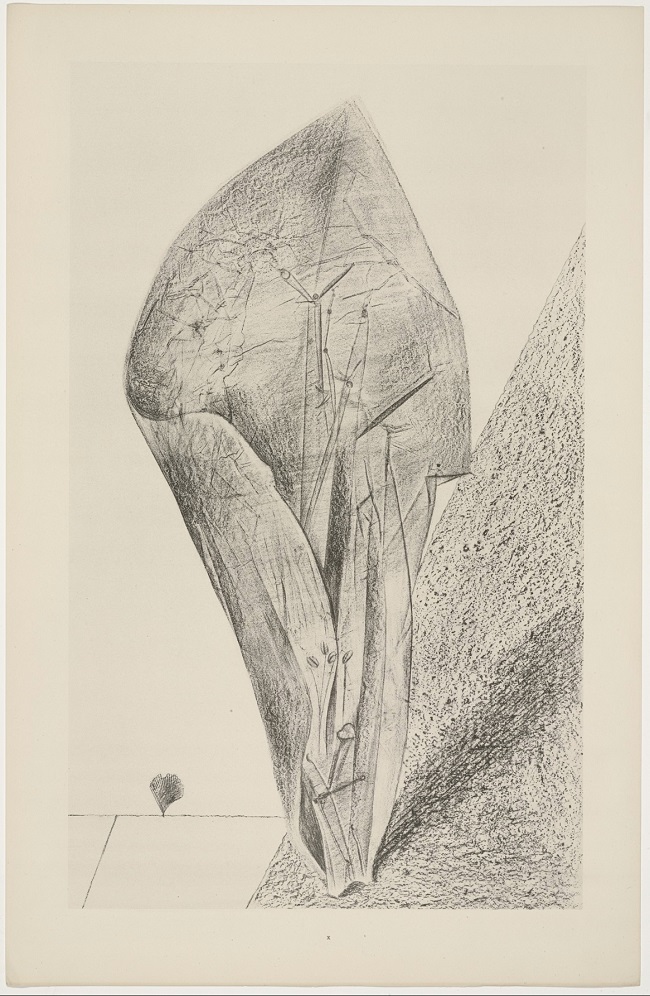 Max Ernst - She Keeps Her Secret
Max Ernst - She Keeps Her Secret
It has been a hundred years since these special times. Today, frottage is known in every school. It belongs to the basic equipment of both art buddies and professionals. From Ernst's legacy, less tragic, erotic, and more play, humor and formal beauty remained in it.
After a hundred years, we are experiencing new traumas, new problems. A stream of subconsciousness emerges again through reflections on a pandemic, climate problems, and new challenges for the society. We have new possibilities for capturing the flow of our subconscious. We have digital graphics tools. Many of them are as if behind the glass, they do not allow direct contact with the material. However, there are exceptions – Rebelle is one of them. It is different in the sense that its instruments encourage our memory to remember the beauty of real materials. It wants you to enjoy the pleasure of direct contact with the material in the digital world.
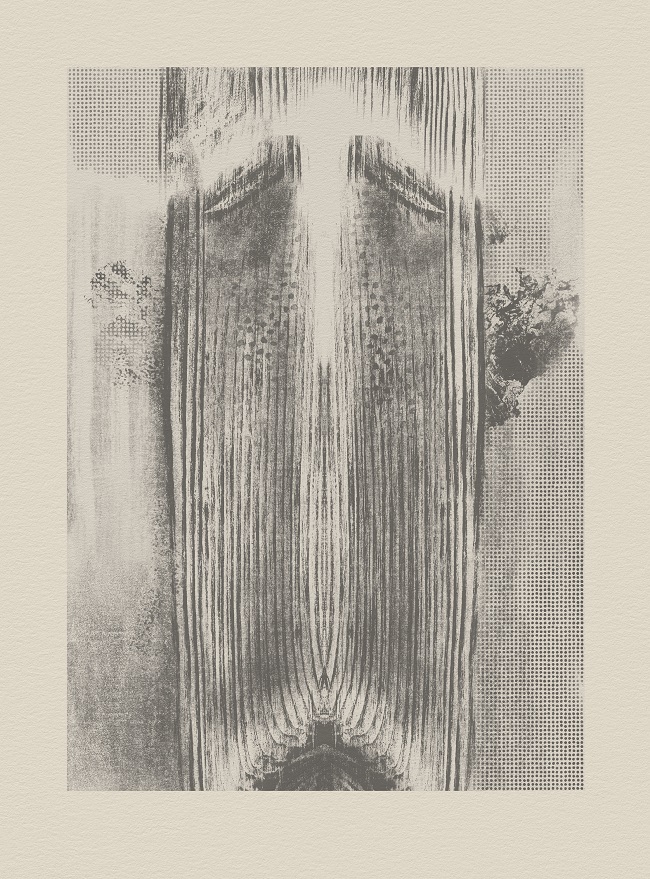 Ľubomír Zabadal - Plačúci / Crying (digital painting made in Rebelle 3)
Ľubomír Zabadal - Plačúci / Crying (digital painting made in Rebelle 3)
Unlike traditional frottage, where only surfaces with a distinctive structure can be captured by the pressure of a pencil, Rebelle allows us to use any object around, thus opens up new possibilities for us. All you have to do is to look around your surroundings, take a picture of an interesting object or texture, and place them into Rebelle like a new paper. Using the pencil or pastel tool and a gentle touch of the graphic pen, you can examine how the material is appearing on the surface. Something unexpected can be created by inserting more and more textures and combining them in original ways.
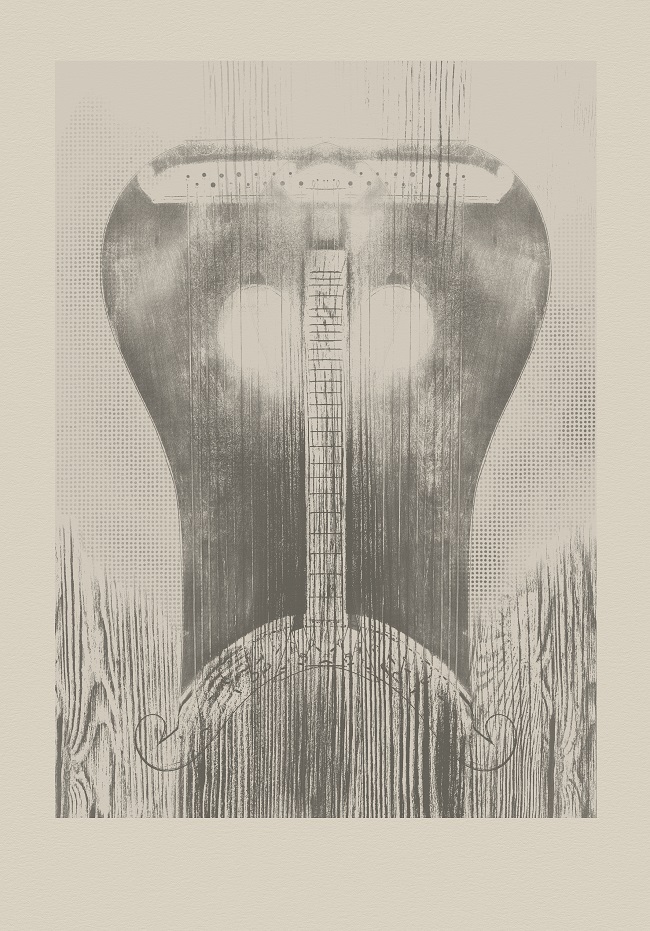 Ľubomír Zabadal - Dirigent / Conductor (digital painting made in Rebelle 3)
Ľubomír Zabadal - Dirigent / Conductor (digital painting made in Rebelle 3)
It's an adventure similar to when Max Ernst saw and captured a painting on the wooden floor of his apartment almost a hundred years ago!
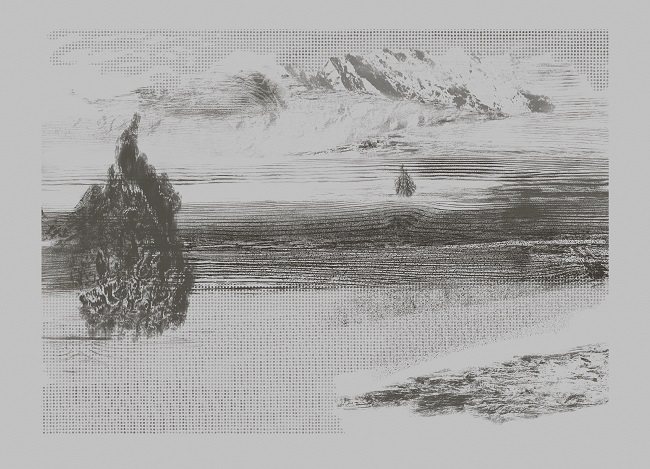 Ľubomír Zabadal - Cesta / Route (digital painting made in Rebelle 3)
Ľubomír Zabadal - Cesta / Route (digital painting made in Rebelle 3)
----
The author of the text and digital frottage images is Mgr. Ľubomír ZABADAL, PhD. - an expert for traditional art media and assistant professor at the Department Of Creative Arts and Art Education at UKF University, Slovakia.
